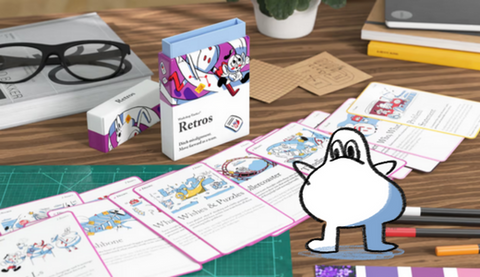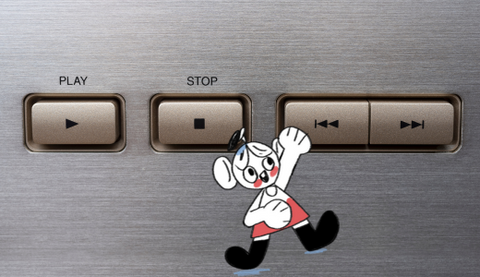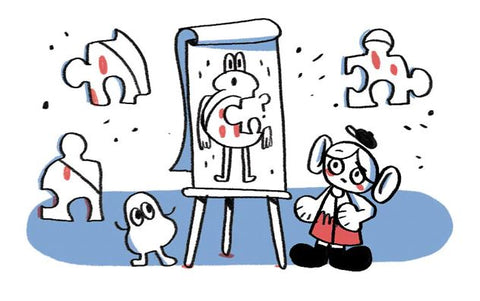Idea generation can be exciting, inspiring and fun; it can also be uncomfortable, awkward and confusing. It’s rarely as simple as getting a group together and asking them “How do you think we should go about this?” - and it doesn’t have to be as boring as that, either.
Are most ideas good or bad?
The answer is both. Most ideas won’t necessarily work, but every single one could spark off the thought that inspires your next big breakthrough.
How to run a brainstorming workshop
To make sure you really wring every last idea (hare-brained or otherwise) out of your participants, you must create a safe environment where egos are left at the door. Remind everyone: there’s no such thing as a silly idea. If you create the right team, and develop a safe environment - there’s no limit to the things you can achieve.
If you’re looking for a proven way to generate ideas for your product or service, here are some world-famous ideation workshops you can run yourself - which are all available in the Workshop Tactics deck.

Different types of brainstorming workshop
Mind Mapping workshop
Start off with a Mind Map to get your team thinking creatively. You start with one idea and individually develop maps of interconnected thoughts and new pathways.
This ideation tactic is a great 30-minute warm up that allows the team members to start exploring their ideas in a relatively easy way, prior to moving on to more radically creative approaches. Such as...
Crazy Eights workshop
Use Idea Eights to get ideas flowing - quickly. By restricting how much time you spend crafting each idea, you encourage attendees to think on the fly and throw logic and reason (the enemies of creativity) to the wind.
The result? A whole heap of ridiculous ideas, and one or two that just might triumph.
Round Robin workshop
Use Round Robin to help you develop partially formed ideas into something a little more polished.
An added bonus of this approach is that you end up with a different evolution of the original idea for every member of the workshop, which can lead to some very interesting discussions, and plenty of material for further development.
Storyboard workshop
If you want to create a clearer picture of how your ideas might look and work in the real world, try a Storyboard workshop. This workshop takes up to two hours to complete and examines the user journey in detail, allowing you to examine what will work, what won’t and whether or not it can be streamlined in any way.
It might take a bit longer than some of the other approaches on this list, but it’s worth it when you create a solid plan out of your crazy idea.
Reverse Brainstorm workshop
A one-hour Reverse Brainstorm tactic turns catastrophic thinking into a distinct advantage.
Allow your team to really let loose with this one, coming up with ways to overcome the most atrocious obstacles to your project’s success. Even those who think they lack the creative streak to generate great ideas are able to think of ways to make something worse, so this can be a great approach to build your team members’ confidence in their own abilities.
It starts off with the absurd, but with a little bit of work you end with the ingenious.
Tools to help you brainstorm with confidence
If you’re able to safely get together in one place, sticky notes and marker pens remain some of the best tools for this job! But virtual brainstorming can be awkward and requires a little ingenuity. If you want to run slick, professional remote workshops, you can use online tools like Miro to create real-time collaborative documents (complete with virtual sticky notes).
What to do after your brainstorming workshop
After you’ve completed one or more of the above and sifted through the ideas for that nugget of gold, you need to check if it really is gold! Ideally, you’ll evaluate how robust each of your favourite ideas are or run a workshop to decide where to focus your efforts.









